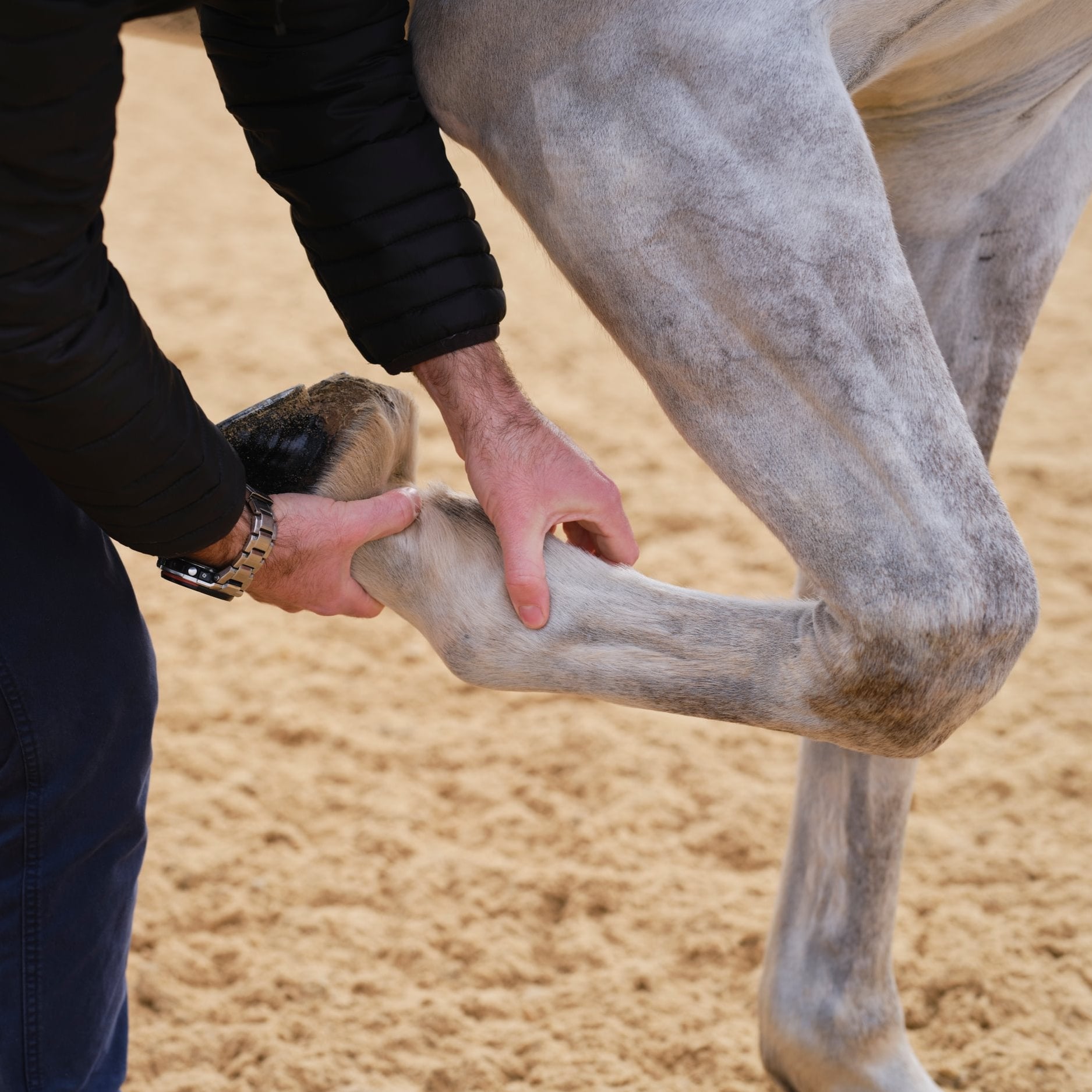Top Tips on repelling flies
Flies are frustrating, irritating and can cause unwanted behavioural reactions. There are lots of different flying insects, for us as horse owners, it is the horse fly that receives the most attention. However, there are many others that need we need to be aware of.
Flies also pose challenges to horse owners trying to determine the best course of action, in order to keep their horse comfortable.
Recognising What Lands
The Black Fly finds a home inside their ears, they need an area with little hair and suck the blood from there. The Black Fly is around throughout the warmer months along with the Midge. The Midge becomes more active at the break of dawn or dusk, as they bite it releases saliva into the skin, it is this that can initiate the itching sensation. The Crab Fly tends to remain between the hindlegs but have no wings, they have to be brushed away. Then you have the Stable Fly, these breed in our muckheaps and tend to gather around the face and the eyes and appear around the same time as the Horse Fly. The Horse Fly receives the most attention, likely down to the fact it can cut through the skin, this will create a larger lesion and possibly result in a skin reaction.
Fly Repellent Safety
It is a legal requirement that all fly repellents come under Biocide and Pesticide regulations, each repellent will require a HSE number which must be displayed on the product label. This registration ensures you are using active ingredients proven to be both safe and effective, therefore look for the approval number on repellents to ensure the product you choose is legal. Beware of essential oils and home remedies, they can be very aggressive, causing severe reactions on some horses, dependent on both concentration rates and how they have been combined. There are many fly repellents on the market today without a registered HSE number.
Types of Repellent
Some plants have the natural ability to mask scents that are attractive to insects, while others can confuse the insects odour receptors and create an unappealing landing environment for them.
DEET
DEET is a well-known synthetic repellent. It combines what nature has taught us into one product. Formulated by US soldiers upon testing times in the jungle during 1944. Its original form was known as ‘bug juice’, generally, the higher the rate of DEET the more effective it will be. However, safe levels for use on horses and in our environment, are capped, so avoid using DEET repellents designed for use on people, as these are likely to be too high for your horse.
As with any topical application it is always worth doing a patch test for 48 hours.
DEET works by confusing the flies receptors, so while they may continue to fly – they will struggle and be confused by where they may land. Used at the upper end recommended for Equine’s effects can last 6-8 hours.
Eucalyptus Citriodora Oil
A naturally derived oil with proven insect repellency and a lemon scent. The oil is used in many different insect repellents as it is believed to disrupt the insects odour receptors.
Permethrin and Cypermethrin
These are active ingredients found in some equine fly repellents on the US market. These products are not approved for topical application to horse other than as agreed by the Veterinary Medicines Directive, due to their high toxicity. Permethrin and Cypermethrin work by targeting the nervous system and creating paralysis or worse when the insect lands. These compounds are toxic to both fish and cats, so caution would be advised when using around your horse – particularly if your yard relies on an efficient feline for rodent control. Permethrin and Cypermethrin are neurotoxins, however, they are broken down quickly in sunlight which may limit their long lasting capabilities.
Citronella Oil
Citronella Oil has traditionally been used to deter insects, however, its legal status for this has never been established in terms of efficacy and safety, and therefore no product based on Citronella Oil can be marketed as a fly repellent. This has led to confusion, with some people thinking it is banned for competition use, but that is not the case. Citronella products are safe and legal to use in competition, both generally and under FEI rules – they simply can’t be marketed as a fly repellents.
Managing your Fly Free Zone
- Avoid turn out with standing water such as ponds
- Most prefer to seek shelter when turned out in the heat of the day as opposed to driving rain
- Use only registered repellents and follow instructions on the packaging
- Keep stables clean and manage muck heaps to avoid breeding areas for flies
- Poo picking can help support a healthy grazing environment, it will also help to reduce the breeding area
- Fly rugs can help to prevent flies from landing directly on individuals – a popular choice is to spray on top of the fly rug
- Wash off sweat thoroughly, flies are attracted to the chemical signals in sweat and the aromas in stable stains. Some products can be used to wash sweat off and provide a lasting scent.
For those that do not like the traditional spray applicator, there are gels that are easily applied with the same formulation to support against fly menace.
Warmer temperatures extend fly life cycles and can lead to population growth, this can last from the spring to the autumn months. At night flies can be attracted to artificial lights which could be sensors on yards, ensuring they are not directly next to a stable will help them avoid unwanted contact. They will also move towards food sources, so it is good practice to wash out feed bowls. While midges are most active at dawn and dusk, providing a field shelter or stabling throughout these periods will help to mitigate fly menace.
Applying a good repellent will help to provide an unwanted environment for flies to explore, look for one with long lasting qualities. Usually around 6-8 hour periods before efficacy reduces and re-application is required.



